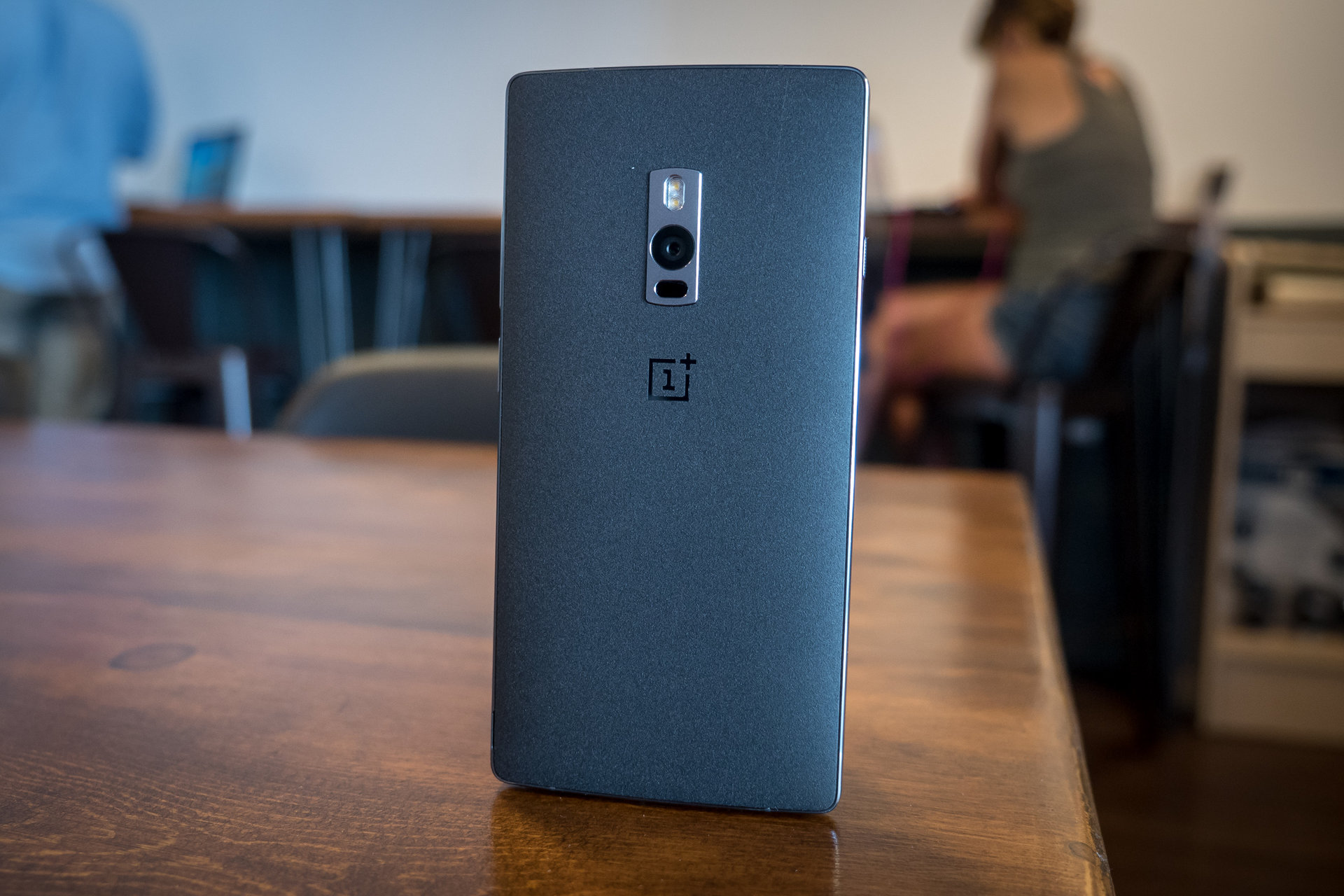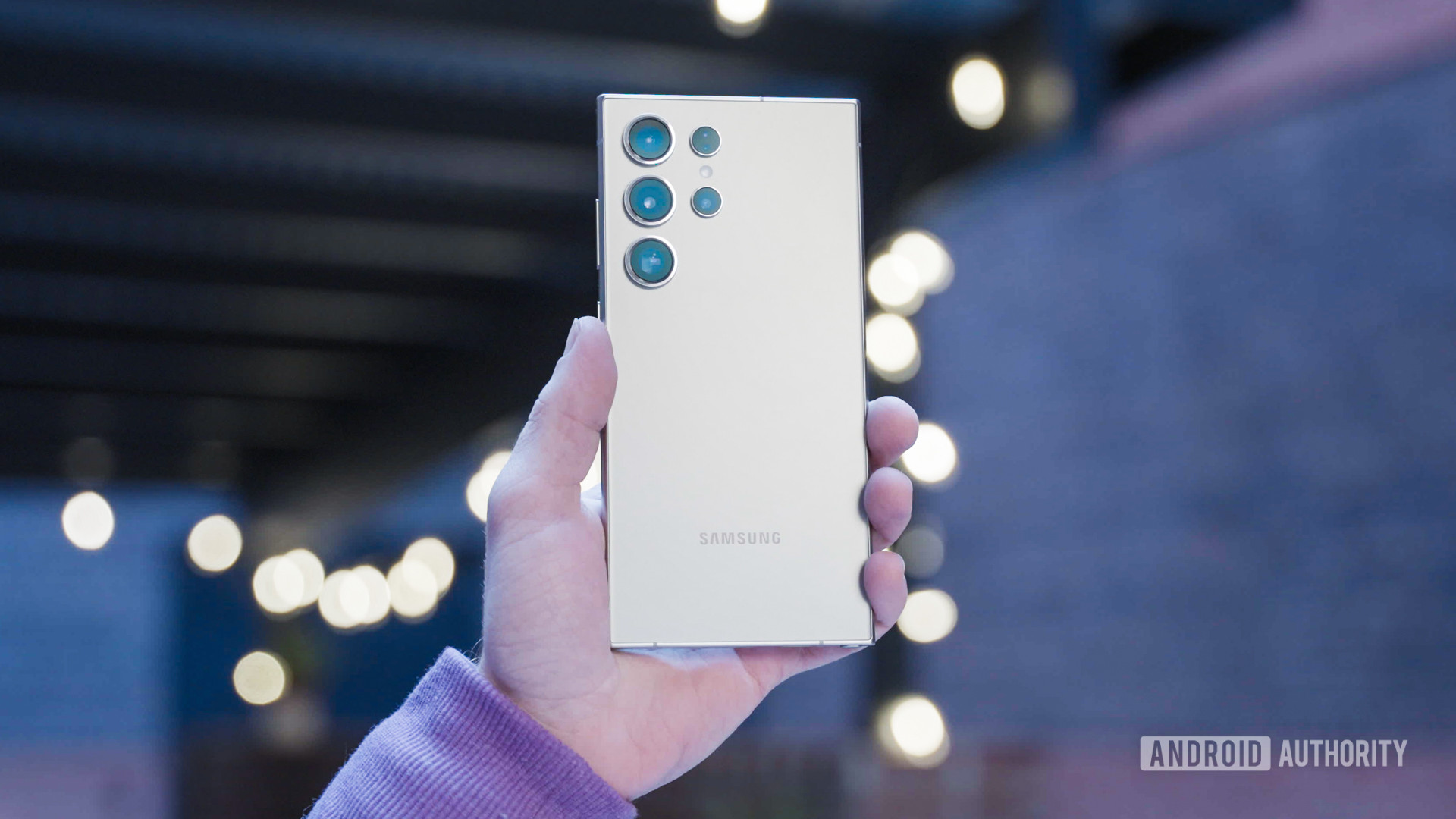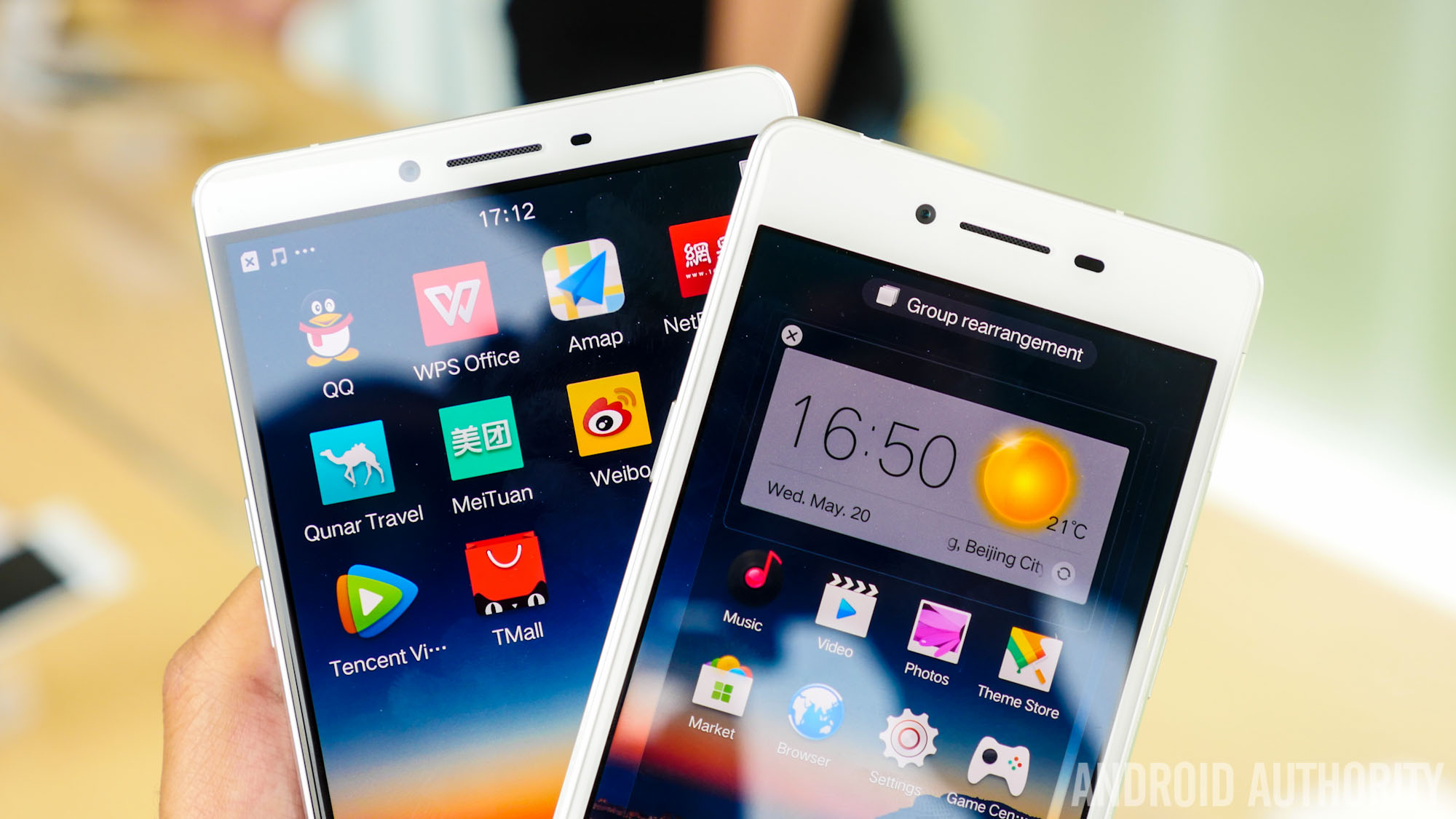Affiliate links on Android Authority may earn us a commission. Learn more.
The OnePlus 2... now
Published onJune 8, 2016

Following a stellar OnePlus One launch, the Chinese startup had to create a successor worthy of its name. Not only did it have to be bring everything a flagship device should be, but it had to be done at a very affordable price. We reviewed the OnePlus 2 almost a year ago, in August, 2015. It wasn’t everything we were hoping for in a flagship killer, but it did give us a good look into what would be the future of smartphones.
That was then, though. What do we think of the OnePlus 2 now that the OnePlus 3 is nearing its launch? How does the phone that OnePlus dubbed the “2016 Flagship Killer” stack up to the phones of 2016? Let’s look into where the OnePlus 2’s stands… now.
Looking into the past
The OnePlus 2 launch was a bit odd, simply because OnePlus decided to ride the hype train and call it a “2016 flagship killer”. In 2015, this phone already had some trouble keeping up with the competition. But it is also true there is a lot more to consider now that we are in the middle of 2016 and we know what a 2016 flagship smartphone has to offer.
Design
The thing about the OnePlus 2 is that it still felt like a premium phone when it was released, despite its not-so-premium price point. The sandstone material back is still very unique. It is not really a material any other manufacturer uses. The metal frame, of course, screams premium but again, this is not unique as we’re seeing metal widely adopted in most current flagship devices.
The OnePlus 2 does stand out for a few unique features and at the time, the inclusion of the USB Type-C port made it very forward thinking indeed. The capacitive keys flanking the home button – which also houses the fingerprint sensor – look quite stylish as lines and OnePlus’ Oxygen OS allows you to customise them in a way that other manufacturers don’t.
Moving around the rest of the phone and the toggle key on the left is also unique in that it allows you to toggle between the various Do Not Disturb modes. In an era where Android smartphones are becoming heavily homogenised, features such as the toggle key – or the Active key found on Samsung’s Active range of smartphones – do help to create an unique experience.
Of course, with optional back covers including the bamboo style cover that’s available, the OnePlus 2 can look further unique but in comparison to 2016 flagships, the design isn’t quite as special as it first seemed. With that being said however, the OnePlus 2 certainly remains a premium smartphone, for the most part that is.
Display
You get a 5.5-inch screen, which is also a size that looks premium. It is a very nice and large, even if it does have a 1920 x 1080 resolution. At the time, we could already see the market was moving towards Quad HD – and even beyond to 4K – but OnePlus opted to stick with Full HD.
Now, in 2016, we can see that Quad HD is certainly the standard for flagship devices and there’s very little that separates the OnePlus 2 display from displays on other devices at the same price point. It’s certainly a functional display that’s nice but it’s by no means a display that’s worthy of being on a 2016 flagship device.
Performance
The Snapdragon 810 processor powering the OnePlus 2 still performs very well. While it’s not the latest and greatest on the market, the OnePlus 2 has no problems handling just about anything we throw at it. And that’s good news for both casual and power users. Switching between applications, high-intensity gaming and surfing the web hasn’t resulted in any more stuttering than we normally find with high-end Android phones.
Basically, if you’re at all worried about performance issues with the OnePlus 2, don’t be.
Hardware
If you ask me, it was really in hardware that OnePlus was thinking into the future. The back cover pops off, making it possible to change the look of your phone with StyleSwap covers.
The only thing that is really exposed when you remove this cover is a dual-SIM tray. This means the removable back was mostly put there for customization. Now, dual-SIM capabilities are very nice to have, especially if you are a frequent traveler or want to take advantage of multiple carriers in your market.
The fingerprint reader is also great to have, but it is not as consistent as I would like it to be. It can be slow and inaccurate when registering a fingerprint. It’s not bad, by any means, but other fingerprint readers in the market are definitely better.
We also have to mention that USB Type-C port. Even though it was a very neat and new feature at the time, it was really added for no real reason. The OnePlus 2 does not support fast charging, and how often will you be needing faster data transferring speeds?
Of course, the final main addition to the hardware is that toggle on the side of the device. It allows for changing between different modes: all interruptions, no interruptions, priority notifications. I didn’t use this slider a whole lot, but I do think it’s a very useful feature to have. I just happen to wear smart watches all the time, so I never have a real for smartphone notifications, as I always get them on my wrist.
Camera
A 13 MP camera sounds like a standard in 2016, but that is because they are trying to use larger pixels now. Back when it was first released, a 13 MP sensor was only a number you got from the OnePlus 2.
This camera did come with laser auto-focus and a simplified interface. The camera eventually got RAW support, as well as a manual mode. There is something I really like about manual mode is that you can select your exposure point separately from the focus point. It provides a new way of getting the right shot. It is features like this that continue to make the OnePlus 2 a very forward-thinking device.
The camera does provide a good photo experience with… standard quality images. It won’t blow current high-end phones out of the water, or be an over-achiever, but it offers an enjoyable experience for the price. Things can get pretty bad at times, though, especially in darker environments.

And if you are going to be taking video, the OIS doesn’t really do that much to stabilize the image, so be sure to keep your hands steady. The focus also goes in and out quite a bit, which can be annoying, especially when moving around.
Software
Now, let’s finally talk about software. The OnePlus 2 comes with a Marshmallow version of Oxygen OS, the startup’s very own Android UI skin. It pretty much looks like a stock version of Android, save for a few added features.
Note: At the time of filming this video, the OnePlus 2 ran Android 5.1 Lollipop. It has since received its official Marshmallow update.
There’s the shelf, which is kind of a good idea, but it ends up being just a line of widgets. Then there’s the ability to go into dark mode, which is something Android users have been begging for, and not even Google has successfully integrated in Android. It looks great in dark areas and happens to be much easier on the eyes.
Probably my favorite part about Oxygen OS, aside from how clean it looks, is that you can customize the software button layout. I may not use soft keys very often, but you can also edit what capacitive buttons do, even when being double-tapped or held. That takes things to a whole other level of interaction.
Wrapping up
We have gone through a lot of the different features baked into this phone. A lot of these were forward-thinking, but probably weren’t very well executed. Is the OnePlus 2 still a viable device? It certainly is, especially at its current $299 price point. And considering it is coming to Amazon very soon, it is looking like a very good prospect for anyone looking for a budget, yet reliable smartphone.
Is it a “flagship killer”? What I think happened with the OnePlus 2 was a shift in focus. The OnePlus One took a bunch of high-end specs and offered them for a very low price point. On the other hand, it seems the OnePlus 2 wants to be more of a futuristic smartphone. It has a USB Type-C port, a fingerprint reader and offered an interesting slew of customizations.

But the device also fails in some areas. It lacks NFC, which is a bit of an important feature, especially to those who want to use Android Pay. It also has no fast charging or wireless charging.
Regardless, it’s hard not to recommend a $299 high-end phone. But you should know that OnePlus may not have been able to provide the same future they showed us with the OnePlus 2. Who knows; maybe the third time is really going to be the charm for OnePlus.